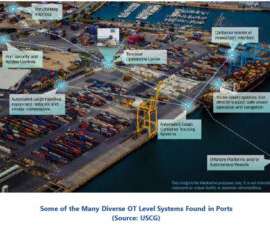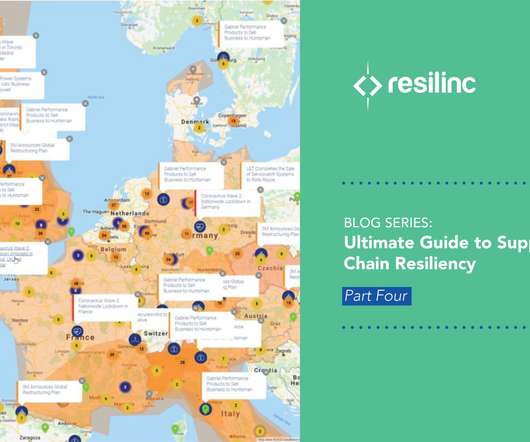Port and Maritime Cybersecurity Vulnerabilities Finally Get More Attention
Logistics Viewpoints
OCTOBER 28, 2021
Since the systems affected were controlling the flow of vessels and freight around the world, these can be classified as OT-level supervisory type systems. More standards and guidelines are being developed specifically for maritime and port sector cybersecurity. Should we call the Maersk attack an OT-level attack or an IT-level attack?















Let's personalize your content